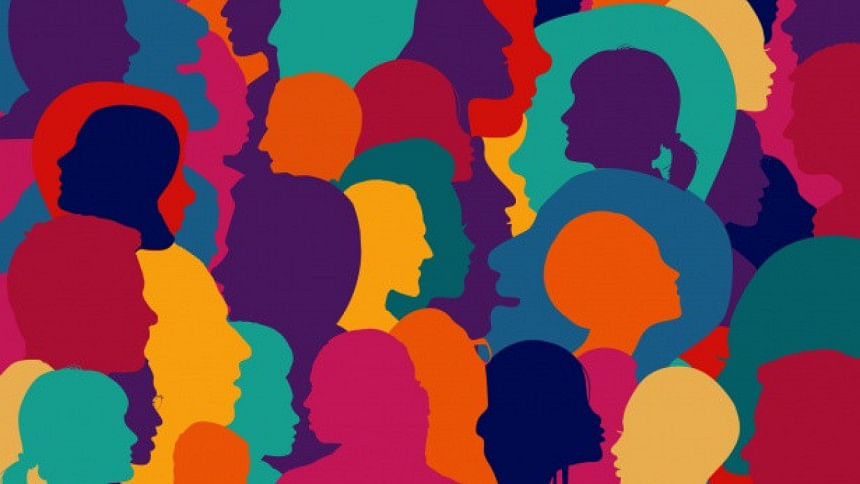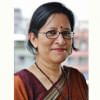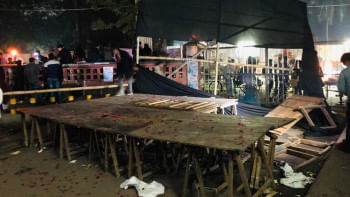The case for cultural pluralism in urban spaces

Despite living alongside one another, each culture often maintains its own distinct identity, and the richness of a society can often be measured by its ability to embrace and sustain this diversity. Cultural pluralism refers to the coexistence of diverse cultural and ethnic groups within a society, wherein each group retains its unique customs, language, traditions, and values while sharing a common civic space. This principle is especially critical in urban areas, where diverse communities must interact, negotiate, and coexist within close proximity.
Cultural pluralism manifests most visibly in cities—spaces defined by density, diversity, and dynamism. In urban contexts, people from different cultural, ethnic, religious, and linguistic backgrounds converge, often leading to a vibrant mixture of traditions, but also to tensions over identity, belonging, and representation. Cultural pluralism, therefore, is not merely about tolerance, but about active recognition and validation of difference. It seeks to ensure that all groups, regardless of their size or power, are able to maintain their cultural identity while participating fully in the social, political, and economic life of the city.
Pluralism, as a political philosophy, supports this idea by promoting the peaceful coexistence of various interests, beliefs, and lifestyles within a political body. It is often linked to democratic governance, which provides the most equitable structure for accommodating multiple perspectives. A democratic system grounded in pluralism encourages dialogue over domination, negotiation over suppression, and representation over exclusion. It seeks to avoid the extremes of monoculturalism, which may demand assimilation into a dominant identity, and relativism, which might prevent the development of shared norms and values altogether.
In a pluralistic society, the "common good" is not a fixed ideal but a constantly evolving negotiation between diverse interests. For pluralism to function meaningfully, there must be a minimal consensus that the pursuit of shared values, such as justice, equity, and mutual respect is worthwhile. This requires a spirit of humility: the courage to admit what we do not know and the willingness to listen to others to understand what they need. As one philosopher noted, we must be bold enough to acknowledge our uncertainties and work to discover what others require—not just for their own sake, but for ours as well.
In Bangladesh, and particularly in its rapidly expanding urban centres like Dhaka, cultural pluralism is becoming increasingly relevant. Cities are turning into mosaics of language, ethnicity, class, and gender. As urban populations grow and become more diverse, the challenge becomes how to create inclusive spaces where all cultural groups can feel seen, heard, and valued. This demands not just infrastructural planning but a conscious cultural shift in how urban spaces is imagined and governed.
Using a comparative framework, urban diversity can be analysed through the lens of inclusion and exclusion. Scholars have identified specific arenas where these tensions play out, including public spaces and amenities, local governments, civil society, cultural institutions, and even digital platforms. It becomes critical to identify the mechanisms—both social and economic—that can promote inclusive pluralism and position diversity as an asset rather than a threat.
Inclusivity and equity in urban pluralism
Inclusivity must be at the heart of urban cultural pluralism. This involves creating opportunities for participation from all cultural groups in decision-making processes, from community boards to policy discussions. Ensuring that diverse voices are heard means that societal decisions better reflect the needs and aspirations of all residents, not just the dominant group.
Equity is also a foundational principle. This goes beyond equal treatment and requires addressing historical and systemic inequalities that have disadvantaged specific groups. Policies and programmes must be tailored to recognise and correct disparities in access to education, employment, housing, and healthcare.
Importantly, integration should not mean assimilation. Cultural pluralism supports integration that allows for shared civic engagement while preserving cultural distinctiveness. Assimilation often demands that minority groups abandon their customs and identities to conform to a dominant norm, something that can lead to alienation and resentment. A pluralistic society, by contrast, encourages cultural expression and exchange.
Building a culturally pluralistic city
Cultural exchange is essential to fostering understanding and mutual respect. Bangladesh, with its rich tapestry of traditions and languages, stands to gain from initiatives that promote cross-cultural learning. Some practical applications of cultural pluralism in urban spaces include:
1. Multicultural festivals: Cities like Dhaka could host annual festivals celebrating the various cultural heritages present within the community. These events can feature traditional foods, music, dances, and art, fostering appreciation and dialogue across cultures.
2. Bilingual education: In neighbourhoods with significant non-Bangla-speaking populations, schools can offer bilingual education, allowing children to retain their linguistic heritage while learning the national language.
3. Cultural neighbourhoods: Like "Chinatown" or "little Italy" in many global cities, Bangladesh's urban spaces could formally recognise and preserve culturally significant neighbourhoods that offer unique customs, languages, and cuisines.
4. Media representation: Diverse and inclusive media helps dismantle stereotypes and provides platforms for minority voices. When people see themselves represented accurately and respectfully, it affirms their identity and belonging.
5. Interfaith dialogues: Encouraging conversations between different religious communities can reduce tension and foster spiritual and social harmony.
6. Minority rights policies: Legal frameworks that protect linguistic, religious, and cultural practices are vital. These could include the right to use minority languages in public institutions or funding for cultural centres.
7. Ethnic studies programmes: Educational curricula should include the histories and contributions of various cultural groups to promote empathy and awareness among students.
8. Cultural exchange programmes: Initiatives such as artist residencies, student exchanges, and community collaborations across different cultures can break down barriers and build trust.
Challenges to cultural pluralism
Despite its many benefits, cultural pluralism also faces serious challenges. Prejudice, discrimination, and xenophobia remain significant barriers to inclusion. Economic inequality can further marginalise minority groups, limiting their access to opportunities and voice in public affairs. Dominant groups may fear cultural dilution and resist pluralist policies. Meanwhile, political institutions often lack the diversity or will to enact meaningful change.
Conflicts can also arise due to differing values or social norms. These tensions require strong communication and negotiation mechanisms to manage disagreements respectfully and constructively. And finally, many individuals may simply resist change due to fear or unfamiliarity.
In an era of increasing urban complexity and cultural convergence, cultural pluralism is not just a lofty academic concept—it is an urgent necessity. Cities like Dhaka are evolving into dense, multifaceted tapestries of human identity. For these cities to thrive, they must not only accommodate difference but actively value it.
True inclusivity is not about tolerating difference from a distance but participating in it closely. It requires equity, empathy, and the willingness to build together without erasing each other. The future of our cities depends not on our sameness but on our shared commitment to coexist, to collaborate, and to celebrate what makes us unique—together.
Farah Kabir is country director at ActionAid Bangladesh.
Views expressed in this article are the author's own.
Follow The Daily Star Opinion on Facebook for the latest opinions, commentaries and analyses by experts and professionals. To contribute your article or letter to The Daily Star Opinion, see our guidelines for submission.

 For all latest news, follow The Daily Star's Google News channel.
For all latest news, follow The Daily Star's Google News channel. 









Comments